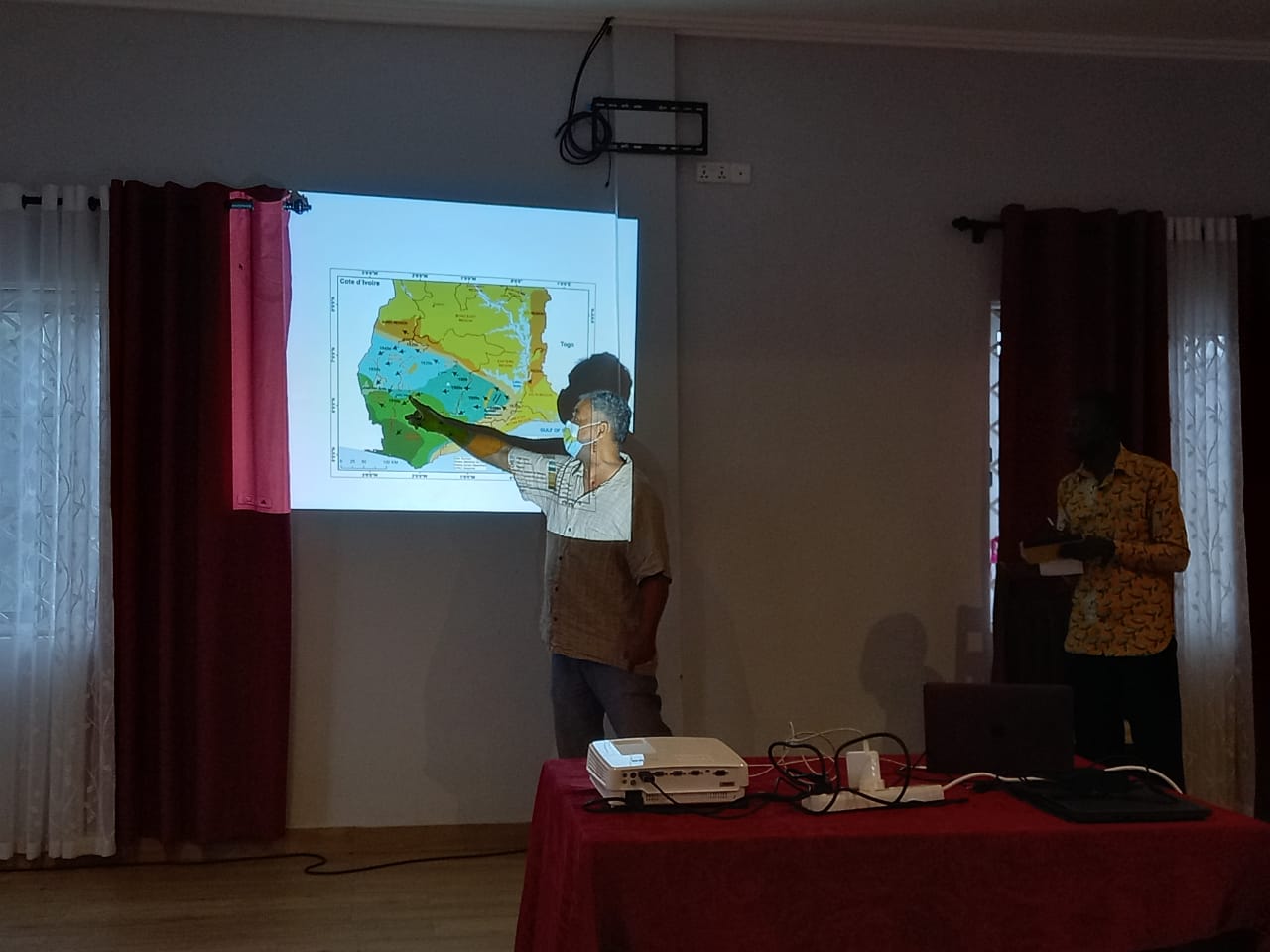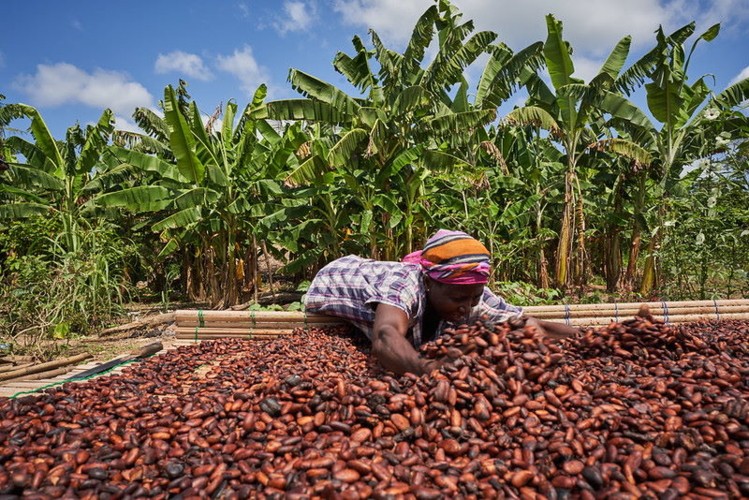A study carried out by researchers at University of Ghana and Agricultural Policy Research in Africa (APRA) has highlighted the high costs that cocoa farmer face in production that are not reflected in the price they receive for cocoa.Â
As a consequence of this many farmers are not able to follow the recommendations provided by the cocoa services and gain low yields and low returns to farming.Â
At a workshop for farmers in the Suhum area, held on Wednesday July 28, 2012, which was also attended by cocoa producing companies, personnel from agricultural and cocoa services, and the media, the researchers focused on the myriad of problems cocoa farmers face in accessing land, labour, technology and government support.
The researchers documented how cocoa thrives in forest conditions but once these conditions change cocoa became vulnerable to disease and yields decline.
The researchers – Prof Kojo Amanor, Prof Joseph Yaro and Prof Joseph Teyo – adopted a historical approach to understanding cocoa commercialisation by comparing trends within Suhum, one of the oldest production areas in Ghana, and Juaboso in the North Western Region, one of the later regions to adopt cocoa.Â
Until the 1970s Ghana was the leading producer of cocoa in the world.
In the past cocoa has expanded through a movement to new forest areas from the Eastern to Western Region, as production declined in the old areas. Labour also migrated to new forest areas where they get better pay for less work.

In the 1970s new forest was difficult to find in Ghana and the centre of world production shifted from Ghana to Côte d’Ivoire. Large numbers of migrant labourers from neighbouring West African countries moved to the Côte d’Ivoire resulting in labour scarcity and more expensive labour in Ghana. Land also became scarce in Ghana resulting in higher costs of land. Many farmers had to get land on a sharecropping basis in which they divided their returns with landlords but bore the costs of buying inputs.
Many youth were also unable to get land and left their family lands to find other livelihoods, reducing the availability of family labour. From the 1950s, disease has become a major problem in cocoa.Â
As a result, farmers face increasing costs in land, labour, and in using inputs, including fertilisers and agrochemicals.Â
A large number of farmers have insufficient resources to purchase all the needed inputs, and usually spend most of their resources on labour and agrochemicals and are unable to afford to buy fertilisers.Â
As Prof Amanor stated to members of the press: “In the cocoa sector, there has been a lot of development in technology, but the technology is not translating into significant increases in yield for a lot of farmers or growth of wealth among cocoa farmers.
The researchers highlighted three potential policy approaches that are being developed and debated.Â
The first involves encouraging farmers who cannot afford inputs to leave cocoa and move into other crops and livelihoods, leaving cocoa farming to those who could afford the inputs. But the researchers stated that many smallholder farmers prefer cocoa. Although they are unable to gain high yields other crops do not necessarily provide better incomes and cocoa provides them with some other benefits such as secure access to land, a source of income in old age, and property that their children can inherit.Â
The second policy approach involves providing access to credit for farmers but ensuring that farmers repay these loans. The main problem with this approach is it does not address the high cost of inputs and low profit margins that can create much stress for farmers. While government is at the moment providing some support for inputs, such as in mass spraying campaigns and fertiliser subsidies, the high costs this entails in relation to what government gets from the international price of cocoa have become a problem for government to meet.Â
Without a major shift in international cocoa prices, loans for farmers are unlikely to solve the difficulties that farmers face in high costs of inputs, and the international input distributors are likely to be the main beneficiaries from the high usage of inputs.
The third option involves developing cocoa agroforests with a diversity of other forest trees which can lower vulnerability of cocoa to disease and weeds, and result in lower use of inputs, while providing other sources of incomes to farmers, and result in reforestation. This includes both exotic and local fruit trees such as Kola, which in the past was an important export crop. Promoting cocoa agroforests can “reduce disease, pests, weeds and enable cocoa to survive longer,†Prof Amanor explained.
But this depends upon farmers gaining better rights to timber trees, and government promoting markets for forest products and fruits. Â
The farmers discussed the problems they face in allocating scarce resources to the purchase of inputs and the services provided by government. Those who were most able to achieve higher yields were with smaller plantations, which they were able to manage more intensively. Although all resources were recognised as important, access to labour and agrochemicals were identified as the most critical since these most drastically affected yields.  Â





